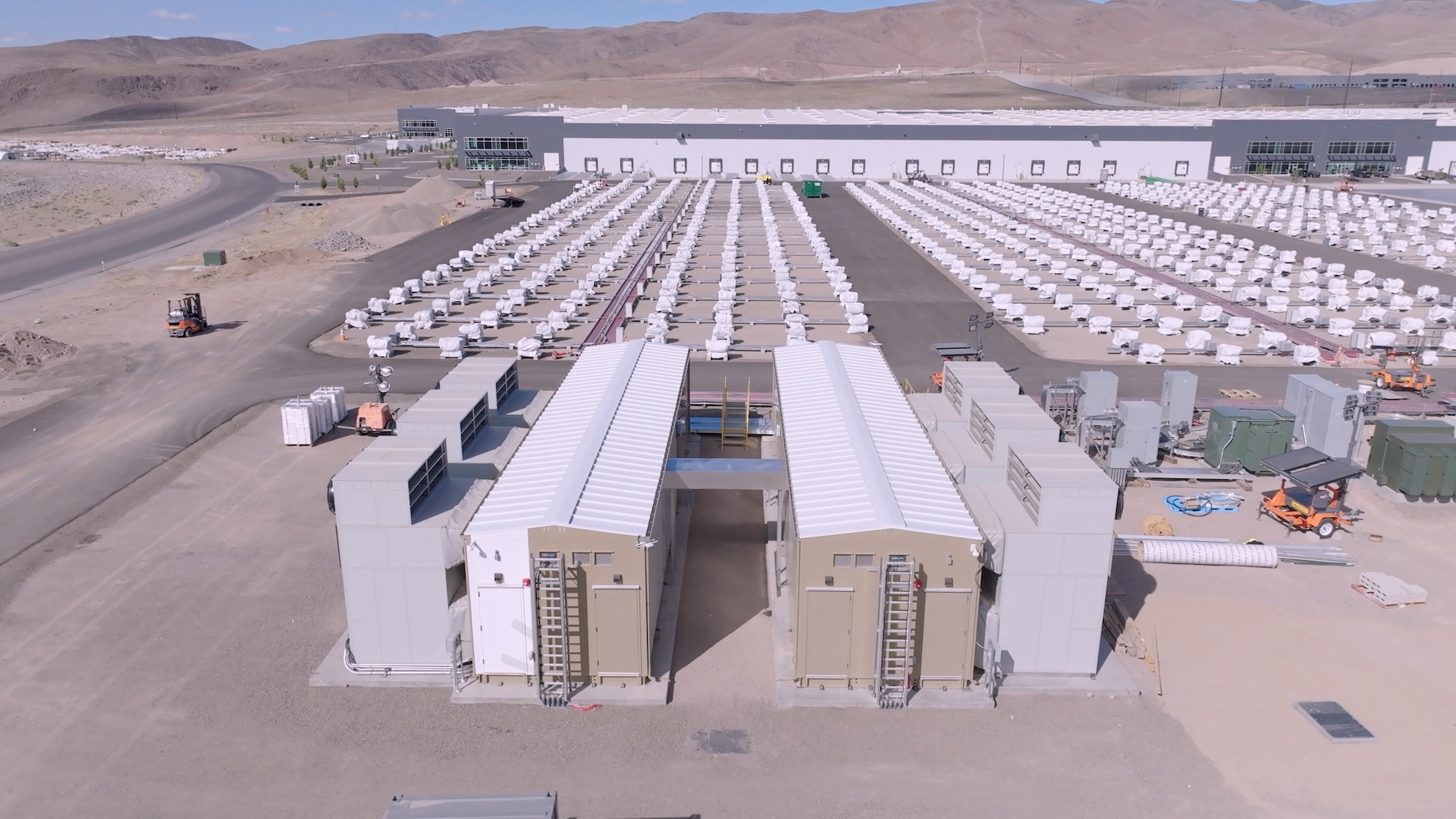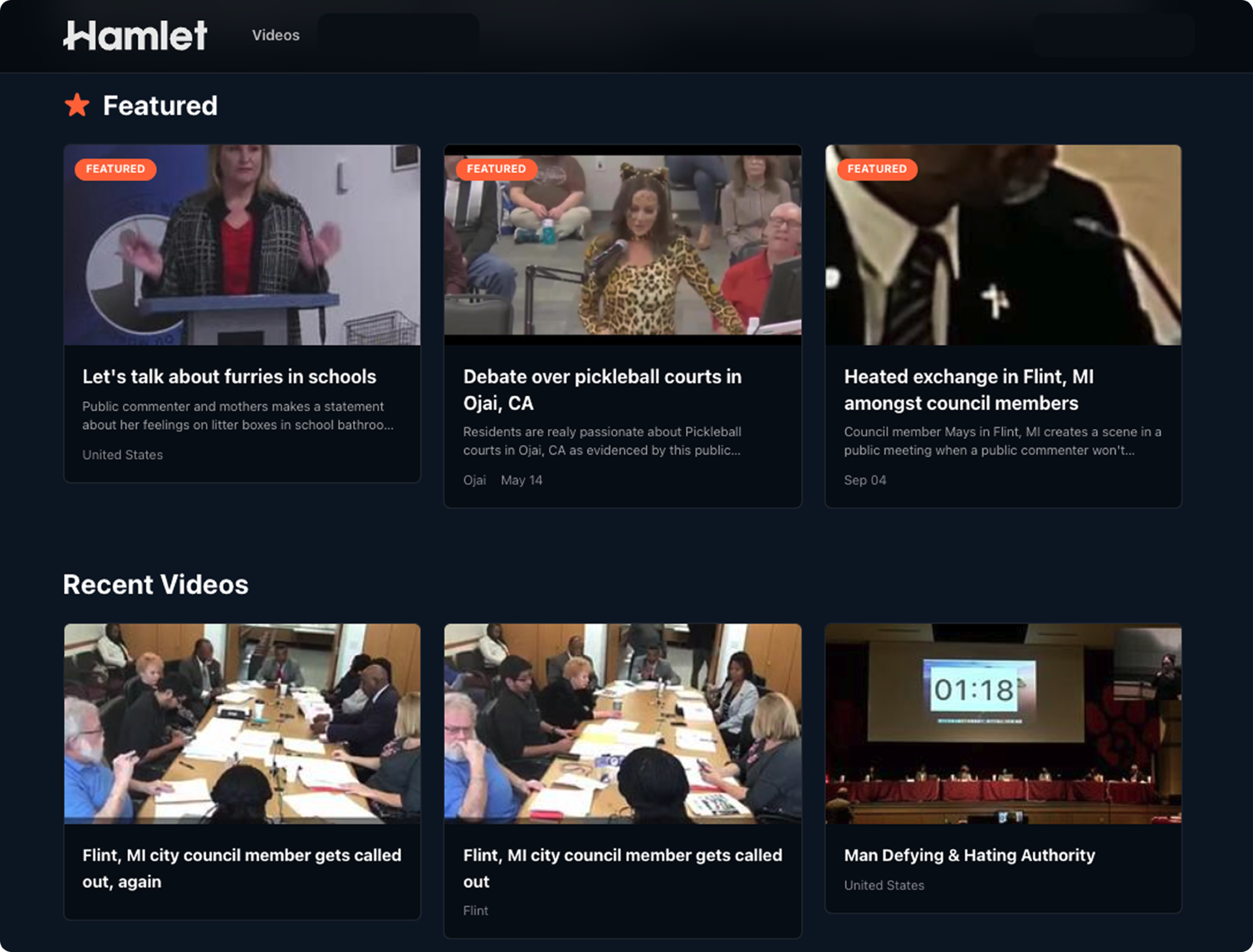
SpaceX’s Starlink, its burgeoning satellite internet service, is significantly accelerating its global expansion, having recently surpassed 8 million subscribers worldwide. This milestone coincides with a substantial strategic acquisition of additional wireless spectrum licenses from EchoStar, valued at $2.6 billion, building upon an earlier $17 billion agreement. These spectrum holdings are pivotal for advancing Starlink’s innovative "direct-to-cell" service, designed to deliver satellite-based 5G connectivity directly to mobile phones. Concurrently, the company has forged a major partnership with International Airlines Group (IAG), a prominent European aviation conglomerate, to equip over 500 aircraft across its diverse portfolio with Starlink’s in-flight internet service.
Strategic Spectrum Acquisition for Direct-to-Cell
The recent $2.6 billion investment in wireless spectrum from EchoStar marks a crucial development for Starlink, specifically bolstering its nascent direct-to-cell capabilities. This transaction expands upon a prior $17 billion deal announced in September, underscoring SpaceX’s commitment to developing ubiquitous mobile connectivity. The acquired spectrum, particularly within the AWS-3 band, is highly prized for its suitability for mobile broadband applications. Historically, wireless spectrum has been a finite and heavily regulated resource, with the Federal Communications Commission (FCC) overseeing its allocation in the United States. Its scarcity and the technical specifications required for satellite-to-phone communications make these acquisitions particularly strategic.
EchoStar’s decision to divest its spectrum licenses follows a period of intense regulatory pressure, including reported direct encouragement from the Trump administration for the company’s CEO to sell these valuable assets. This regulatory environment, combined with evolving market dynamics, prompted EchoStar to reassess its own ambitious plans for a direct-to-device satellite constellation, ultimately leading to these significant sales. Prior to the expanded deal with SpaceX, EchoStar had also offloaded a substantial $23 billion worth of spectrum licenses to telecommunications giant AT&T in August, highlighting the high demand for such assets within the rapidly evolving connectivity sector. For Starlink, this spectrum is indispensable for its direct-to-cell initiative, which aims to initially provide T-Mobile customers with satellite-based 5G internet access in areas traditionally underserved by terrestrial networks.
The Evolution of Satellite-to-Phone Connectivity
The concept of connecting standard mobile phones directly to satellites has long been a technological aspiration, promising to eliminate cellular dead zones and provide seamless communication across vast, remote, and maritime regions. Traditionally, satellite phones were bulky, specialized devices operating on dedicated satellite networks. The advent of Low Earth Orbit (LEO) constellations, characterized by their closer proximity to Earth, significantly reduces signal latency compared to Geostationary Earth Orbit (GEO) satellites, making direct-to-cell services more viable for mainstream mobile devices.
Starlink’s direct-to-cell system envisions a constellation of LEO satellites equipped with advanced phased-array antennas capable of transmitting and receiving signals directly from unmodified smartphones. This eliminates the need for specialized hardware, drastically lowering the barrier to entry for users seeking connectivity in remote locales. The initial partnership with T-Mobile in the United States exemplifies this vision, aiming to provide basic text messaging services first, with voice and data capabilities to follow. The acquisition of EchoStar’s spectrum provides Starlink with the necessary radio frequencies and regulatory clearances to operate these services, enabling the satellite network to communicate effectively with standard mobile devices on the ground. This move places Starlink in direct competition with other emerging players in the satellite-to-phone space, such as AST SpaceMobile and Lynk Global, both of which are also developing similar technologies to bridge connectivity gaps. The success of these ventures could fundamentally alter the landscape of global mobile communication, offering unprecedented reach and resilience.
Soaring Customer Base and Global Reach
Starlink’s rapid customer acquisition trajectory underscores its growing market dominance in the LEO satellite internet sector. Having just announced surpassing 8 million global subscribers, the service demonstrates a remarkable growth rate, climbing from 6 million customers just a few months prior in June. This accelerating adoption reflects Starlink’s effectiveness in delivering high-speed, low-latency internet to regions where traditional terrestrial broadband infrastructure is either non-existent, unreliable, or prohibitively expensive. Operating in over 150 countries and territories, Starlink has become a critical connectivity solution for rural communities, remote businesses, and various mobile applications across continents.
The social impact of Starlink’s expansion is profound, directly addressing the global digital divide. In many underserved areas, access to reliable internet can unlock educational opportunities, facilitate remote work, empower local economies, and enhance disaster response capabilities. From isolated farms in the American Midwest to remote villages in parts of Africa and even critical infrastructure in conflict zones like Ukraine, Starlink has proven its utility as a lifeline for communication and information access. The continuous deployment of thousands of LEO satellites, launched primarily by SpaceX’s own Falcon 9 rockets, ensures increasing capacity and broader geographic coverage, solidifying its position as a leading global internet service provider. This aggressive rollout strategy, combined with continuous technological refinements, is central to Starlink’s ability to attract and retain a rapidly expanding customer base.
Transforming In-Flight Connectivity
Beyond its terrestrial and direct-to-cell ambitions, Starlink is making significant inroads into the aviation industry, promising a revolution in in-flight connectivity (IFC). The recent announcement from International Airlines Group (IAG) to install Starlink on more than 500 aircraft is a monumental win, signifying broad adoption across major European carriers including British Airways, Iberia, and Aer Lingus. This initiative, set to commence in 2026, will extend Starlink’s high-speed internet to IAG’s entire fleet designated for short-haul, long-haul, and global routes, excluding only those aircraft slated for imminent retirement.
Historically, in-flight internet has been a source of frustration for many travelers. Traditional IFC systems, often relying on older geostationary satellites positioned much higher above Earth, suffered from high latency, limited bandwidth, and inconsistent speeds, leading to slow connections and frequent drops. The LEO architecture of Starlink fundamentally changes this paradigm. With satellites orbiting much closer to Earth, the signal travel time is drastically reduced, resulting in significantly lower latency and speeds comparable to terrestrial broadband. This allows passengers to stream high-definition video, participate in video conferences, play online games, and work efficiently during flights—activities that were previously impossible or severely degraded.
Starlink’s foray into aviation began with smaller jets and private planes in 2022, demonstrating its capabilities in a more niche market. However, its trajectory quickly shifted towards major commercial partnerships. Hawaiian Airlines was an early adopter, announcing its plan to integrate Starlink internet in April 2022. United Airlines followed suit, accelerating its rollout earlier this year with initial commercial flights planned for the spring. More recently, Qatar Airways outfitted dozens of its wide-body planes with Starlink, further solidifying its presence in the premium long-haul market. These partnerships highlight a growing recognition within the aviation industry that high-quality, reliable internet is no longer a luxury but an expectation for modern air travel.
A New Era for Air Travel
The integration of Starlink across major airline fleets is poised to redefine the passenger experience and unlock new operational efficiencies for carriers. For passengers, the promise of seamless, high-speed internet means more productive business travel, enhanced entertainment options, and the ability to stay connected with family and friends throughout their journey. This improved connectivity could influence booking decisions, making airlines that offer superior Wi-Fi more attractive to a tech-savvy customer base.
From an airline’s perspective, reliable in-flight internet can support a range of operational enhancements. Real-time data transmission can improve aircraft diagnostics, optimize flight paths for fuel efficiency, and facilitate better communication between the cockpit and ground operations. Furthermore, the ability to process payments, manage inventory, and provide personalized services in real-time can significantly enhance the cabin crew’s efficiency and overall customer service. The competitive landscape for in-flight connectivity providers is intensifying, with traditional players like Viasat and Intelsat now facing a formidable challenger in Starlink, which benefits from SpaceX’s vertical integration, including its ability to rapidly launch and deploy its own satellites.
Navigating the Competitive Landscape
Starlink’s aggressive expansion and technological advancements position it as a dominant force in the global satellite internet market, yet it operates within a complex and competitive ecosystem. Its primary competitors in the LEO satellite internet space include OneWeb, backed by entities like the UK government and Eutelsat, and Amazon’s Project Kuiper, which is still in its early deployment phases. While Starlink currently boasts a significant lead in satellite deployment and customer numbers, these rivals are investing heavily and developing their own constellations, ensuring continued innovation and competition.
Beyond LEO, traditional GEO satellite operators such as Viasat, HughesNet, and Intelsat continue to serve vast customer bases, particularly in enterprise and government sectors. While GEO satellites offer broader coverage from a single spacecraft, their higher latency and generally lower speeds for consumer applications present a distinct disadvantage compared to LEO systems. Starlink’s unique advantage stems from SpaceX’s integrated capabilities, allowing it to design, build, launch, and operate its satellites, providing unparalleled control over its constellation and deployment schedule. This vertical integration allows for faster iteration and potentially lower costs compared to competitors who rely on third-party launch providers.
Challenges and Future Horizons
Despite its impressive growth and strategic moves, Starlink faces several challenges. The sheer scale of its constellation, projected to eventually comprise tens of thousands of satellites, raises concerns about space debris and orbital congestion. Regulatory bodies worldwide are grappling with how to manage this new era of mega-constellations to ensure sustainable use of Earth’s orbits. Furthermore, achieving sustained profitability for such a massive infrastructure project remains a long-term objective, requiring continuous customer growth and efficient operational management.
The future for Starlink appears to be one of relentless expansion and diversification. The direct-to-cell service holds immense potential to unlock entirely new markets and dramatically improve connectivity for billions globally. Its continued integration into the aviation and maritime sectors will solidify its role as a ubiquitous connectivity provider across all modes of transport. As SpaceX continues to innovate with its Starship launch system, the potential for even faster and more cost-effective satellite deployment could further accelerate Starlink’s trajectory, cementing its position at the forefront of the global internet revolution. The company’s strategic moves, from securing vital spectrum to forging major airline partnerships, indicate a clear path towards shaping the future of interconnectedness on Earth and beyond.





